class: center, middle, inverse, title-slide # War, Technology & Innovation ## The Nuclear Complication ### Jack McDonald ### 2020-03-09 --- class: inverse # Lecture Outline .pull-left[ - Energy and The Periodisation Problem - War Either Side of The Great Transition - Prime Movers and New Domains of Warfare - _The Nuclear Complication_ - War in the Anthropo-whatnow? ] .pull-right[ - /// What does a periodisation of war according to energy technologies add to our understanding of the relationship between war and technology? What does said periodisation fail to explain? ] ??? Does the destructive power of nuclear weapons matter more than prime movers? Reading: Freedman, Lawrence. The Evolution of Nuclear Strategy. Basingstoke: Palgrave Macmillan, (2003). Chapters 1-6 (They are concise!) Williams, Heather. “A Nuclear Babel: Narratives Around the Treaty on the Prohibition of Nuclear Weapons.” The Nonproliferation Review 25, nos. 1-2 (2018): 51–63. asd --- class: inverse # Small Group Discussion .large[Does the destructive power of nuclear weapons matter more than prime movers?] ??? --- class: inverse # The Atomic Age ??? --- # Nuclear Physics, a Sketch .pull-left[ .picblock[  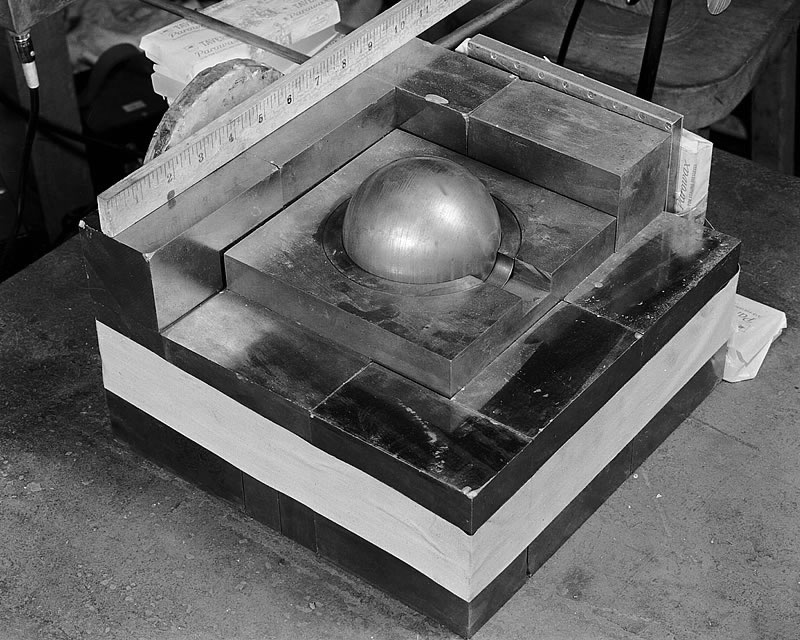 ] ] .pull-right[ Nuclear fission relies upon the release of binding energy when nuclei are broken apart Some elements are inherently unstable (undergoing spontaneous fission), some are amenable to the creation of stable chain reactions Sustained nuclear chain reactions release a lot of energy, and a minimum amount of mass to sustain the chain reaction ] ??? --- # Nuclear Energy .pull-left[ 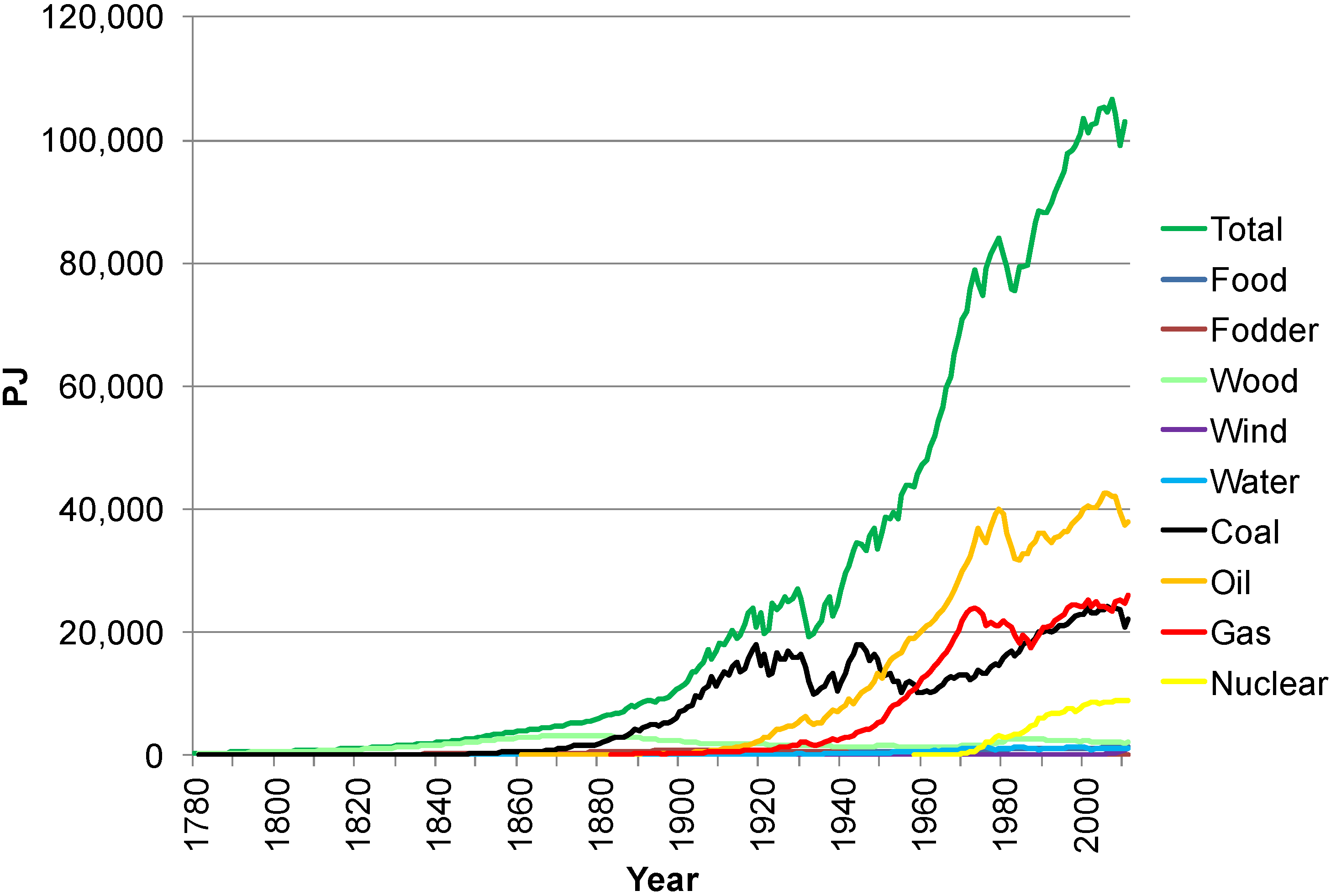 ] .pull-right[ 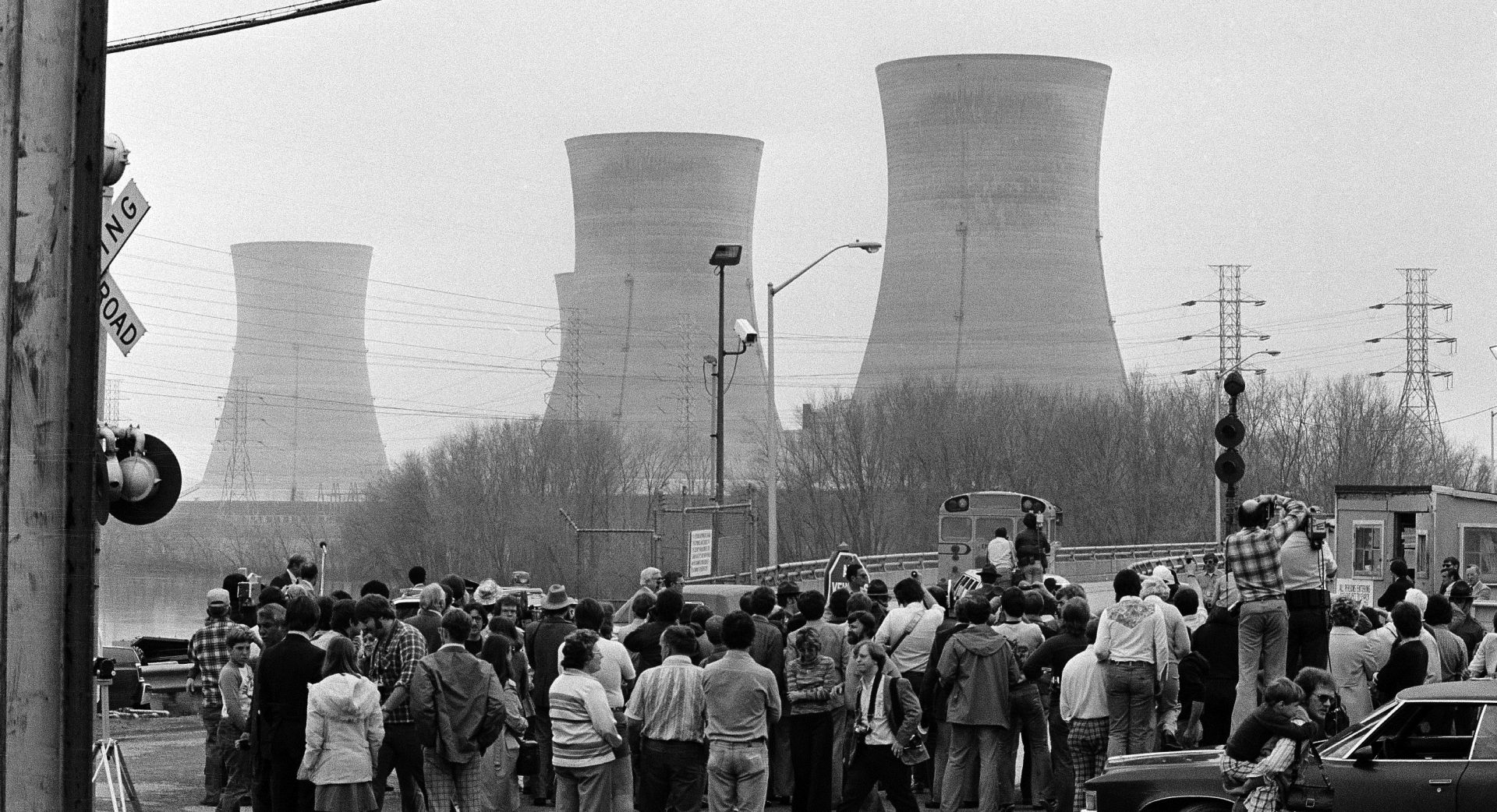 ] ??? --- # Weapons of Mass Destruction .pull-left[ Chemical weapons used in WW1 Biological weapons developed by industrial powers, and through Cold War Significant destructive power, but also drawbacks to use - Chemical weapons differ by agent, problems with persistence - Bacterial agents easier to control than viral agents, but still unpredictable ] .pull-right[ ![Smallpox]9img/r9/smallpox) ] ??? --- # The Absolute Weapon .pull-left[ Great transition to high-energy society No follow-on transition to nuclear fuel displacing oil/gas Nuclear power very good for electricity generation, less suited for mobile generation - Significant risks of failure - Significant start up costs ] -- .pull-right[ Therefore presents strong counter-example to fuels/prime movers as primary factor in changing character of war Nuclear weapons have strong effect on strategy, and resort to war Significant military use is nuclear power for ships, reducing need for fuelling stops (but not for logistics itself) ] ??? --- # The Atomic Battlefield .pull-left[ 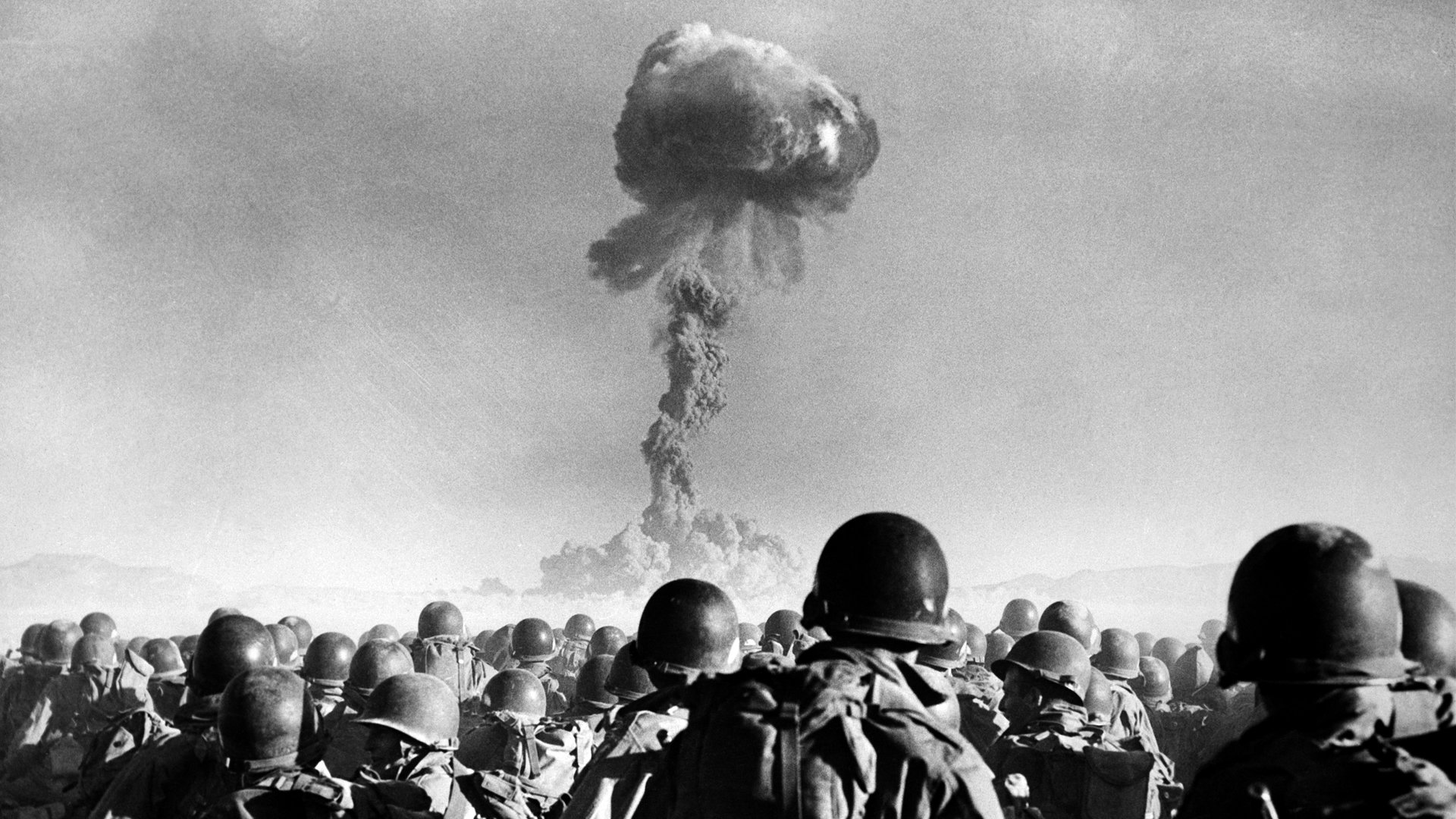 ] .pull-right[ ] ??? --- class: inverse # The Nuclear Age ??? --- # Nuclear Deterrence > The response in the US to the evidence of a developing Soviet capability for both the manufacture and delivery of atom bombs was not to back down from reliance on nuclear weapons but to raise the stakes, moving to the development of hydrogen bombs, so ushering in an age of nuclear plenty and confirming a trend towards ever-increasing levels of destruction. Lawrence Freedman, _The Evolution of Nuclear Deterrence_ ??? --- # Thermonuclear Weapons .pull-left[ 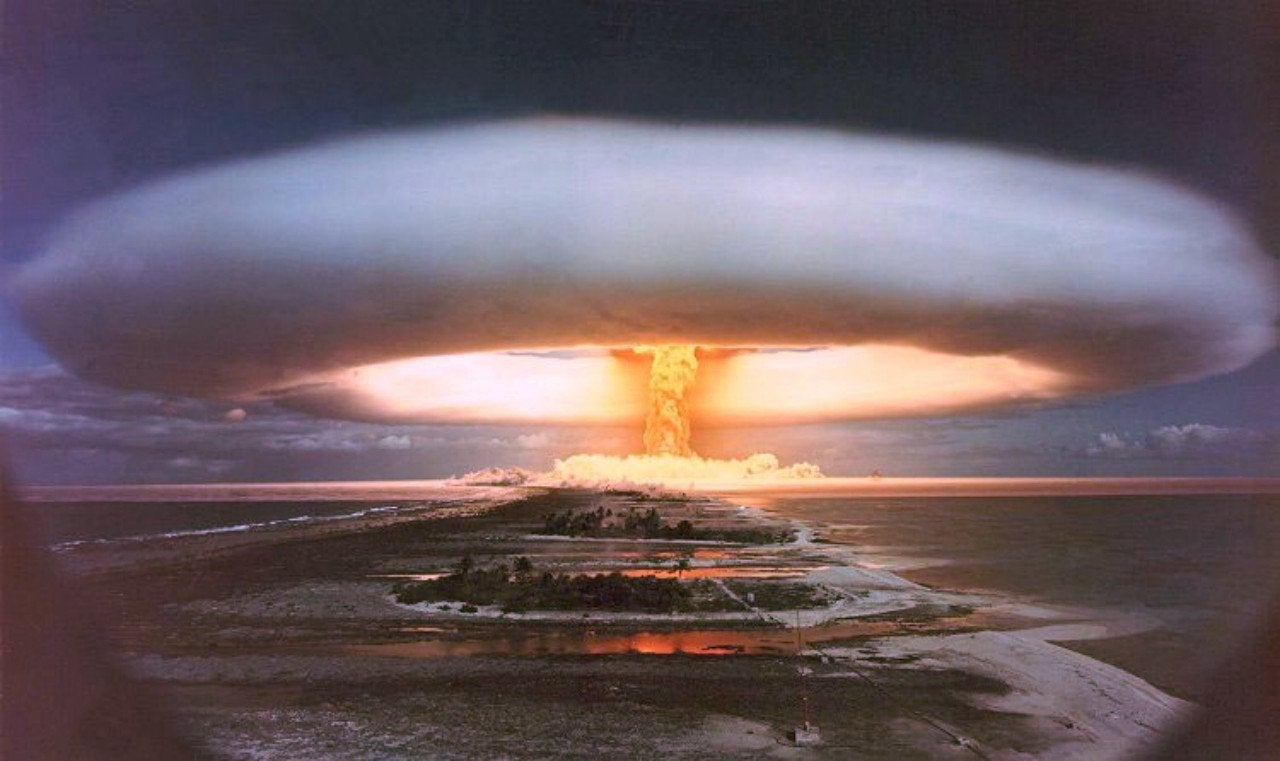 ] .pull-right[ > What if we use a fission bomb to start a fusion reaction? Some drunk scientists, probably ] ??? --- # Strategic Stability .pull-left[ 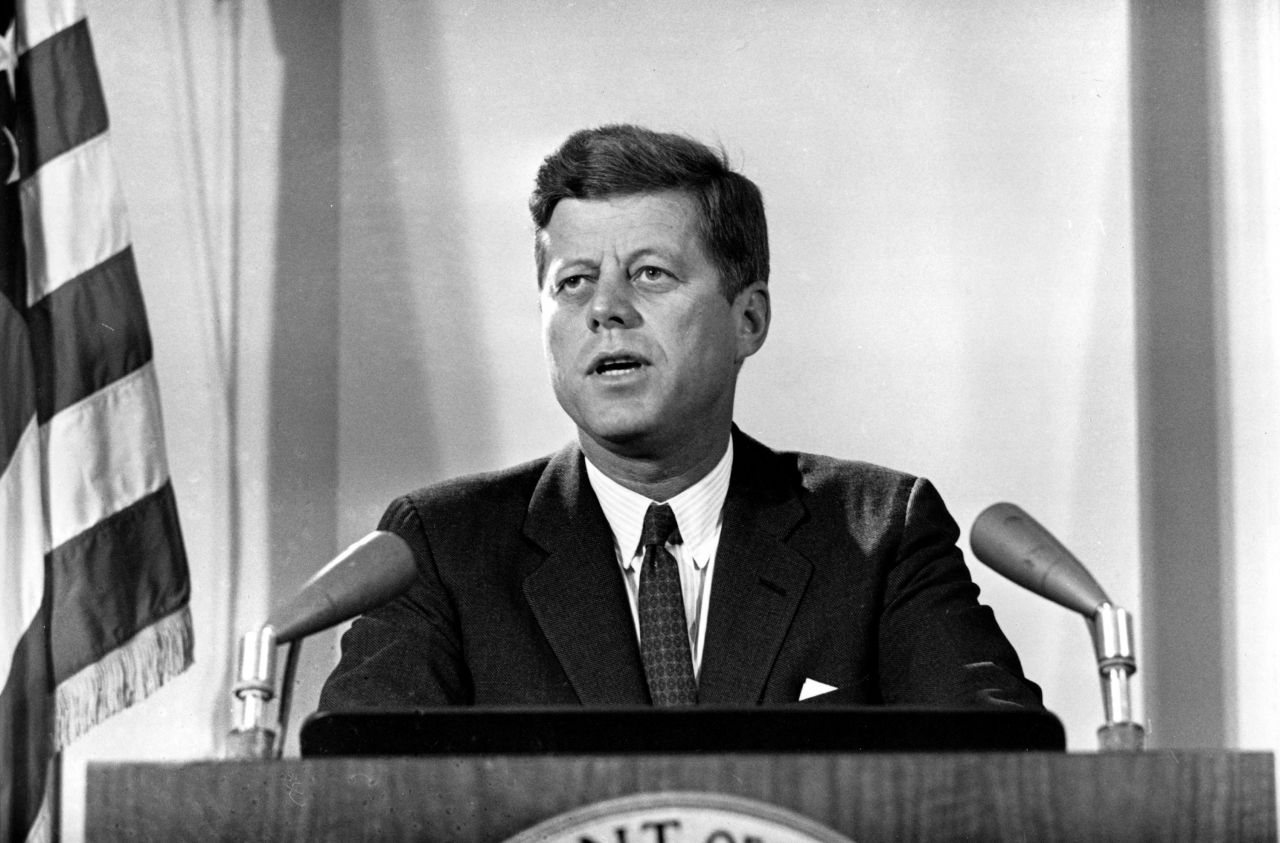 ] .pull-right[ 1968 Non-Proliferation Treaty Strategic Arms Limitation Talks - SALT I leads to ABM treaty in 1972 - SALT II treaty (1979) set limits on strategic missiles and bombers 1987 Intermediate Nuclear Forces treaty bans 300-3400 mile missiles ] ??? --- # The Hot Cold War .pull-left[  ] .pull-right[ 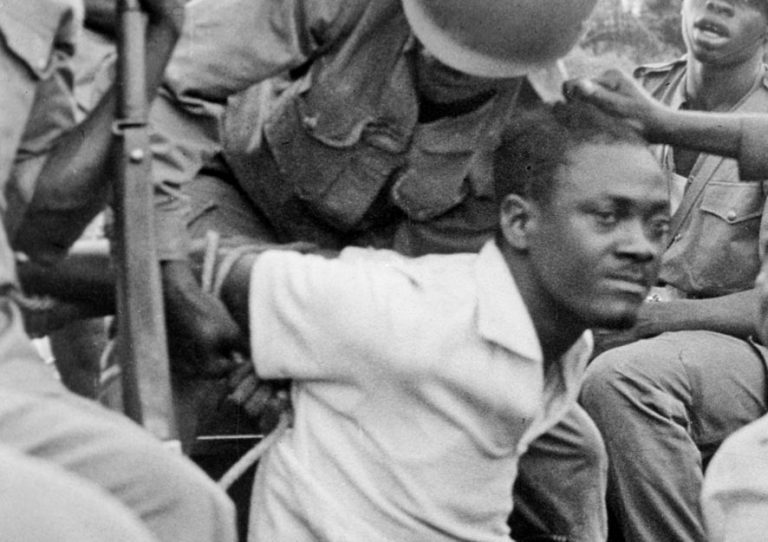 ] ??? --- class: inverse # Small Group Discussion .large[How important are nuclear weapons in contemporary warfare?] ??? --- class: inverse # War and Strategy After Nuclear Deterrence ??? --- # The End of Decision? .pull-left[ .medium[ > Nuclear vulnerability distinguished the Soviet-American conflict from conventional conflicts of the past or present. In conventional conflicts, leaders could believe that war might benefit their country. Leaders have often gone to war with this expectation, although more often than not they have been proven wrong. Ned Lebow and Jill Stein, _We All Lost the Cold War_ ] ] -- .pull-right[ > the role of nuclear weapons in keeping the peace is undermined by several cases where nuclear weapons did little to restrain aggressive behavior. Kier A. Lieber, _War and the Engineers_ ] ??? --- # Post-Modern Warfare .pull-left[ 1973 Yom Kippur War demonstrates new lethality of ATGMs AirLand Battle and extended battlefield replaces Active Defense Re-conception of battlefield in terms of overlapping time/space dimensions Leads to heavy investment in command, control, communications infrastructure and rise of network-centric warfare ] .pull-right[ 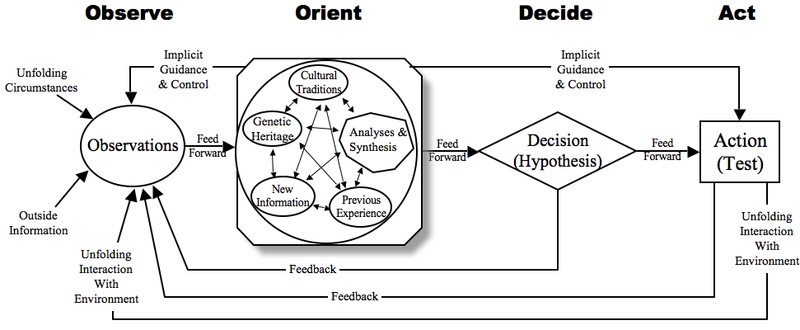 ] ??? --- # Great Power Competition .pull-left[ 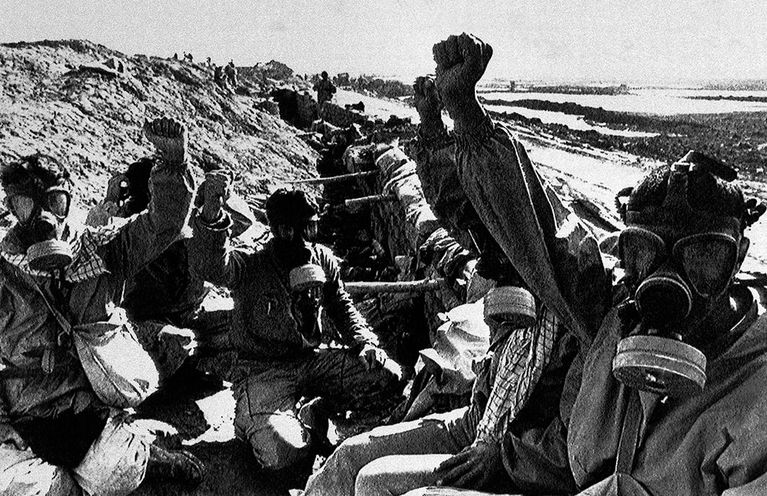 ] .pull-right[ Military/technological innovation of cold war leads to huge disparities in equipment between leading powers and other states States adapt to competition short of direct confrontation - Means of intervention short of NATO threshold - Capability nullification (A2AD) ] ???